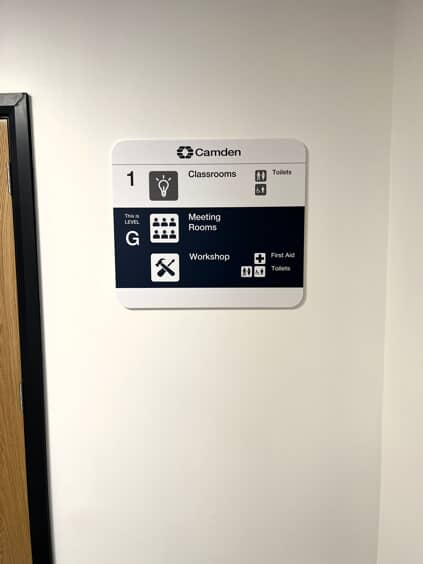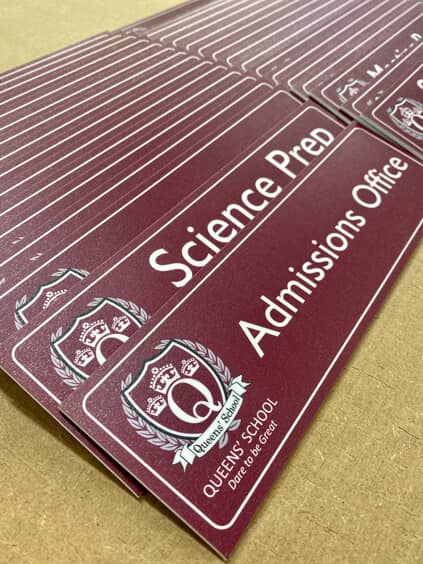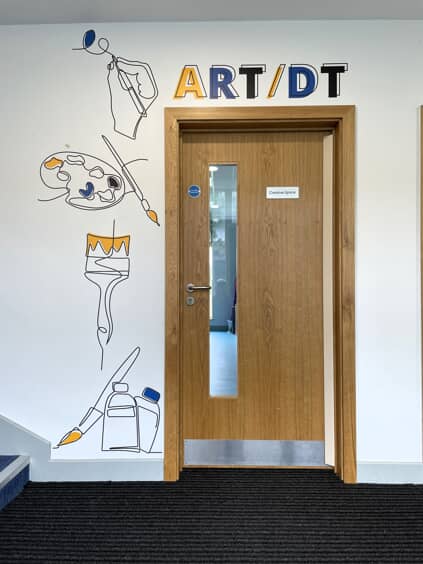In the bustling hallways of educational institutions, the importance of effective interior signage cannot be overstated. From guiding students and visitors through the labyrinth of corridors to adding aesthetic appeal, interior signs play a crucial role in creating a conducive learning environment. In this post, we will delve into four key types of interior signs for schools, showcasing their significance:
Wayfinding Signs:
Navigating through the expansive hallways and numerous classrooms in a school can be a daunting task for students, faculty, and visitors alike. Wayfinding signs serve as beacons of direction, providing clear guidance and helping individuals reach their destinations with ease. These signs are strategically placed at crucial points such as intersections, stairwells, and common areas.
Example Items:
- Directional arrows pointing towards classrooms, offices, and important facilities.
- Floor plans with highlighted routes for easy reference.
- Clear and concise maps at entry points to assist newcomers.

Room Identification Signs:
Room identification signs are essential for maintaining order and organisation within a school's premises. These signs display room numbers, names, and functions, ensuring that everyone can quickly locate their intended destination. Efficient room identification contributes to the overall functionality of the educational space.
Example Items:
- Room number plaques located outside each classroom.
- Names and functions of specialised rooms like laboratories or libraries.
- Consistent design elements for easy recognition across all room identification signs.

Informational Signs:
In the hustle and bustle of school life, communication is key. Informational signs are invaluable in conveying important messages to students, particularly in busy areas and entryways. These signs can relay announcements, event details, or emergency procedures, ensuring that students are well-informed at all times.
Example Items:
- Digital display boards showcasing daily announcements and events.
- Notice boards with timely information about extracurricular activities.
- Emergency evacuation plans prominently displayed in key locations.

Decorative Signs and Graphics:
Beyond their functional role, interior signs can also serve as a canvas for creativity, adding a touch of vibrancy and personality to school interiors. Decorative signs and graphics contribute to a visually stimulating environment, fostering a positive and inspiring atmosphere for learning.
Example Items:
- Wall murals depicting inspirational quotes or school mottos.
- Custom graphics reflecting the school's identity and values.
- Decorative signage in common areas, such as cafeterias or student lounges.

In conclusion, interior signs are indispensable tools that go beyond mere navigation; they contribute to the overall experience within educational institutions. From guiding individuals through the labyrinthine corridors to creating an aesthetically pleasing atmosphere, interior signs play a pivotal role in shaping the educational environment. By investing in thoughtful and well-designed signage, schools can enhance the overall learning experience and create a welcoming atmosphere for students, faculty, and visitors alike.